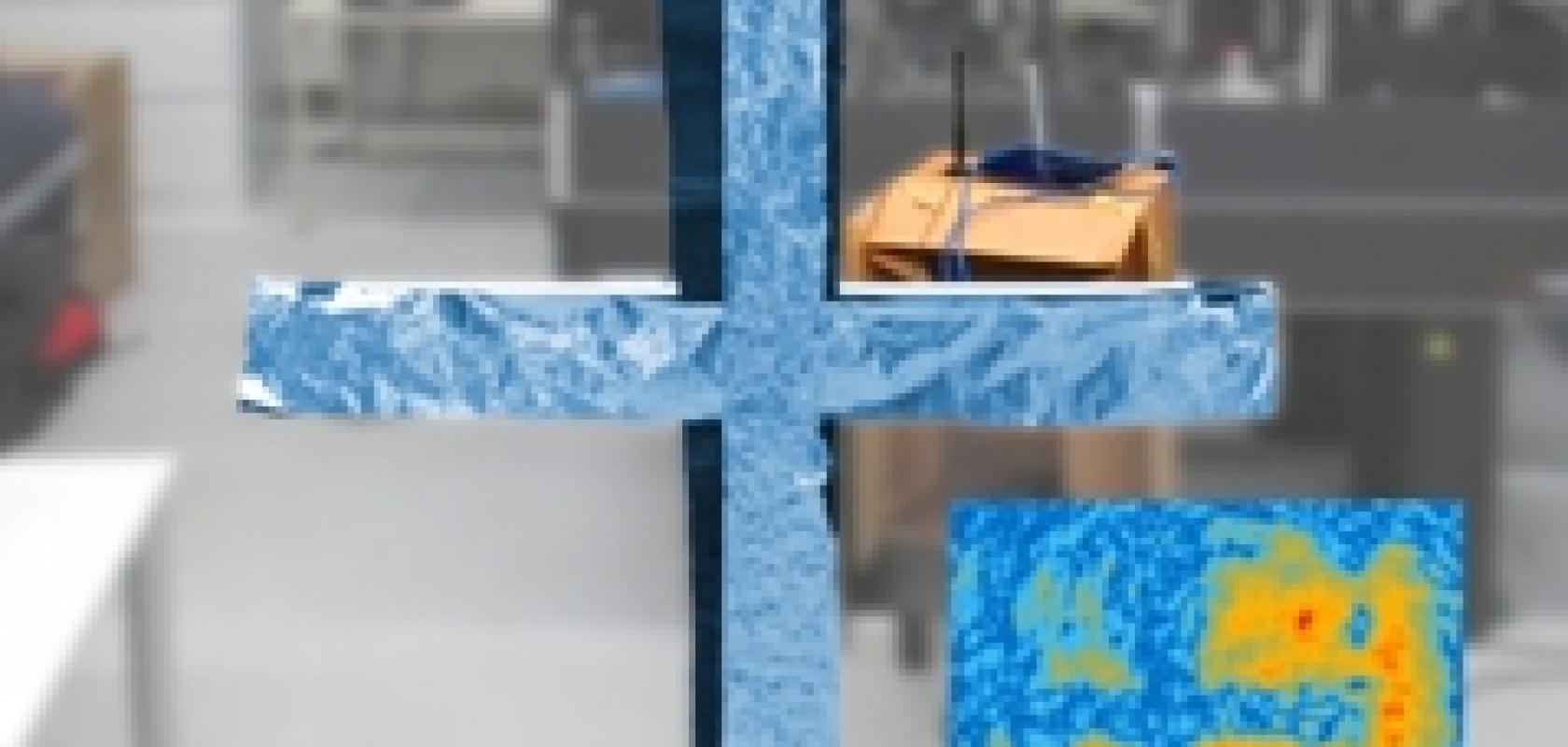Scientists at the Technical University of Munich (TUM) have developed a way to project holograms depicting the environment based on a Wi-Fi signal. The technology could be used to image parts and devices in industrial facilities.
The technique, using antennas, can generate a three-dimensional image of the area around a Wi-Fi transmitter based on microwave radiation. In this way an entire space can be imaged via holographic processing of Wi-Fi or mobile phone signals.
Hitherto, generating images from microwave radiation required special-purpose transmitters with large bandwidths. Using holographic data processing, the very small bandwidths of typical household Wi-Fi transmitters operating in the 2.4 and 5 gigahertz bands were sufficient for the researchers. Even Bluetooth and mobile phone signals can be used. The wavelengths of these devices correspond to a spatial resolution of a few centimetres.
‘Instead of a using a movable antenna, which measures the image point by point, one can use a larger number of antennas to obtain a video-like image frequency,’ said Philipp Holl, at TUM. ‘Future Wi-Fi frequencies, like the proposed 60 gigahertz IEEE 802.11 standard will allow resolutions down to the millimetre range.’
The work was published in Physical Review Letters.
The concept of treating microwave holograms like optical images allows the microwave image to be combined with camera images. The additional information extracted from the microwave images can be embedded into the camera image of a smart phone, for example to trace a radio tag attached to a lost item.
The research was funded by the Emmy Noether Program of the German Research Foundation (DFB) and the TUM Junior Fellow Fund.


